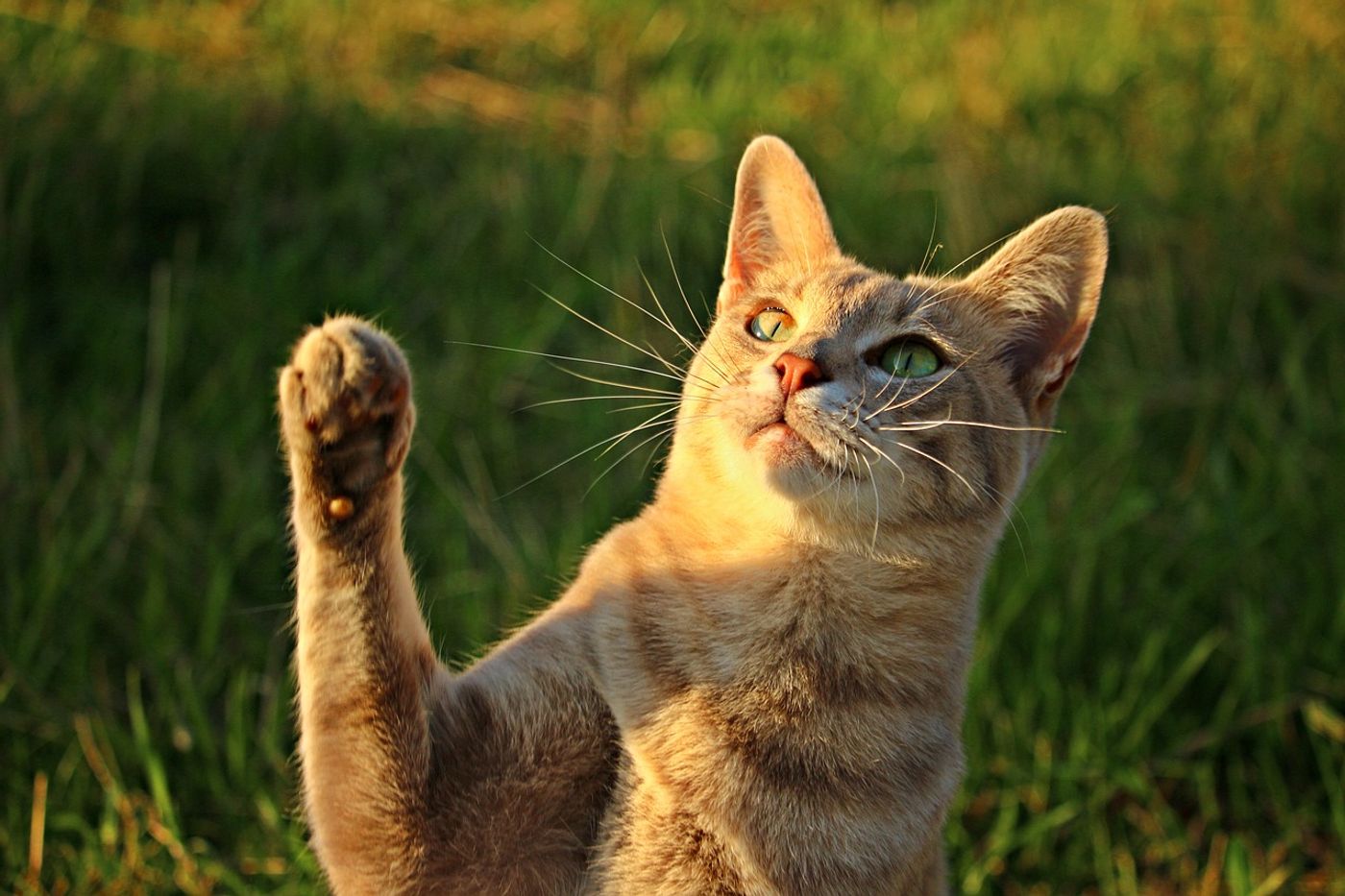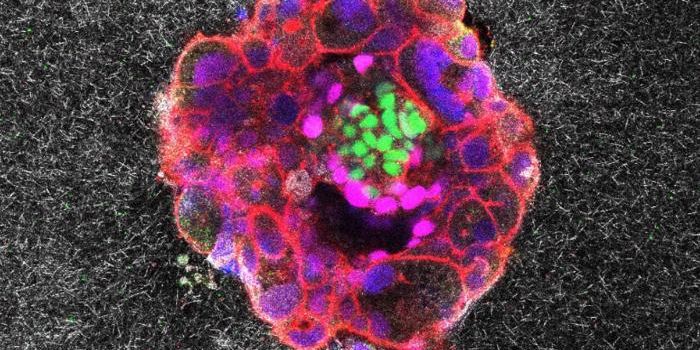New Study Aims to Understand Limb Preference in Cats
Just like people, animals of all types can exhibit left or right-handedness. On the other hand, there isn’t much research concerning what makes them so.
Curious researchers from Queen’s University, Belfast wanted to change that, so they conducted a study with 44 neutered cats – 24 males and 20 females. They published their results in the journal Animal Behaviour this week.
Image Credit: Pixabay
The researchers paid particularly close attention to which paw the cats favored when climbing down stairs or jumping from one platform to another. They also monitored which side of the body each cat preferred to sleep on and which paw they’d use to reach for food.
These observations allowed the researchers to discern limb preference in each cat and determine whether they were left or right-handed. Astonishingly, they discovered something they didn’t expect.
Related: The majority of tarantulas might be right-handed
The majority of the males preferred using their left paw for various tasks, while most of the females preferred using their right. As it would seem, there’s significant evidence to suggest that gender plays a role in feline limb preference.
While there’s no conclusive explanation for why this happens, the researchers do say that hormonal or neural architecture differences between the two genders may have something to do with it.
But what does understanding a cat’s limb preference matter to pet owners? Study co-author Dr. Deborah Wells explains that limb preference might indicate whether an animal is more vulnerable to stress or poor welfare:
“Ambilateral animals with no preference for one side or the other, and those that are more inclined to left-limb dominance, for example, seem more flighty and susceptible to poor welfare than those who lean more heavily towards right limb use,” she said.
“We have just discovered that left-limbed dogs, for example, are more pessimistic in their outlook than right-limbed dogs. From a pet owner's perspective, it might be useful to know if an animal is left or right limb dominant, as it may help them gauge how vulnerable that individual is to stressful situations.”
Related: Most blue whales are right-handed, sometimes...
From what we can gather, researchers still have a lot to learn about what gives an animal its limb preference. On the other hand, pet owners who understand these qualities in their own animals might be able to provide a better quality of life for their pet.
Source: Queen’s University, Belfast









